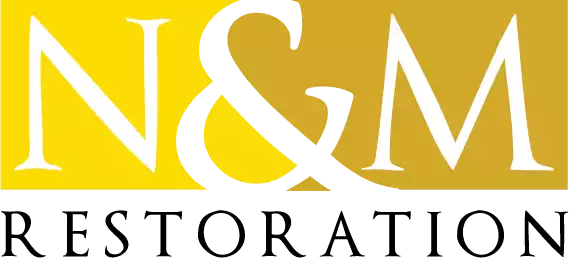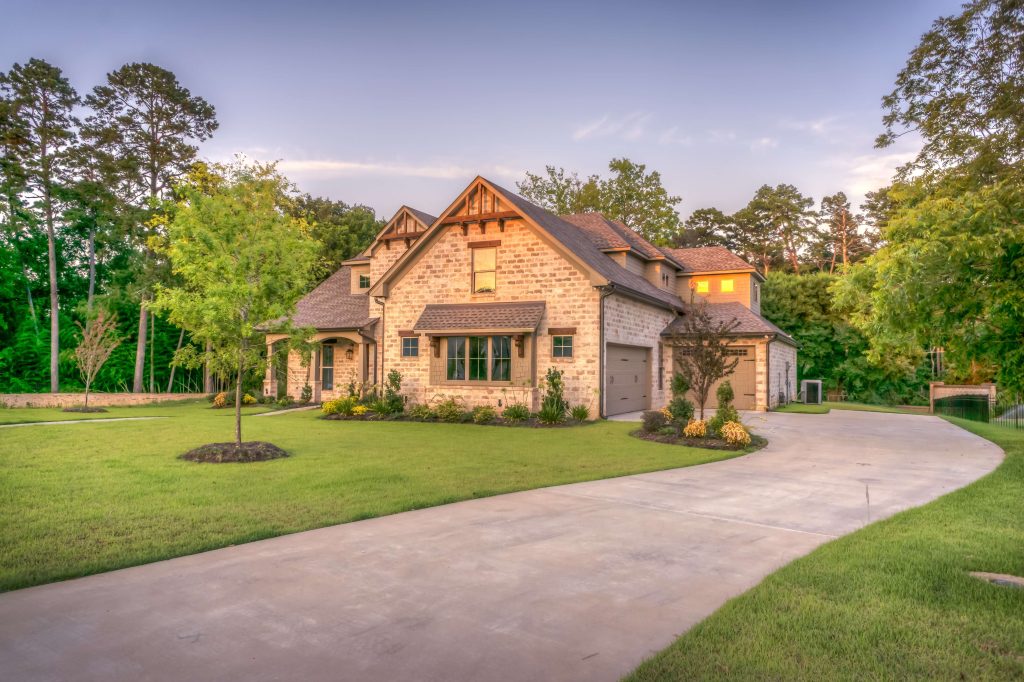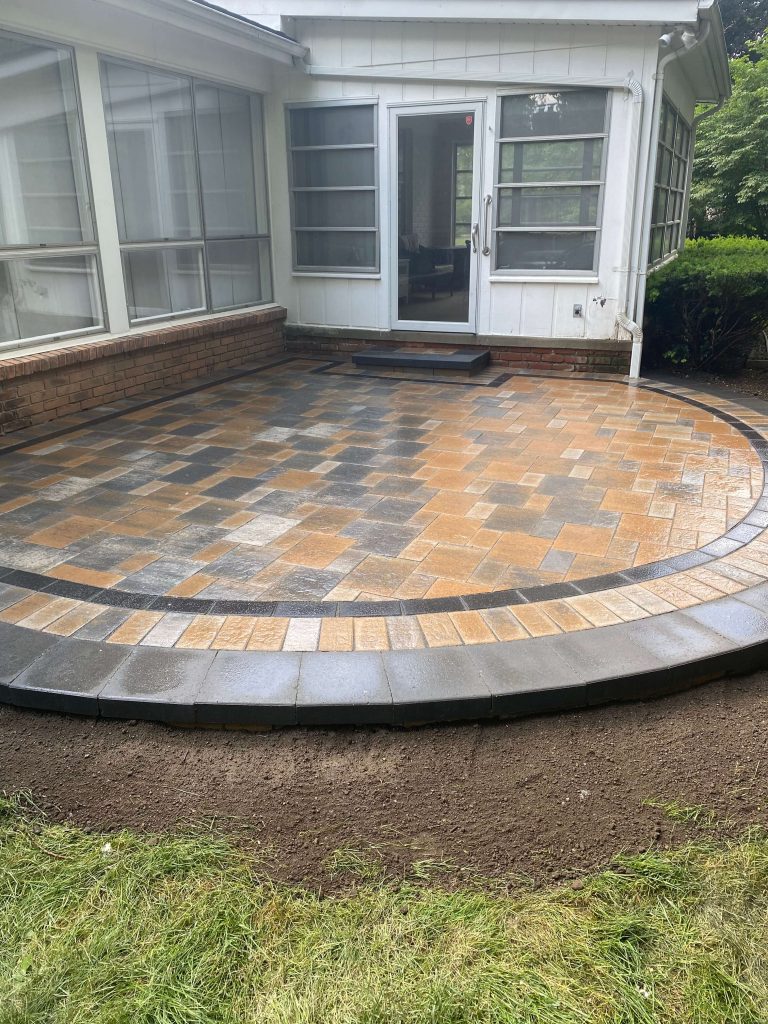Measure Twice, Cut Once
Before you begin any hardscape project, make sure that all of your measurements are accurate. When in doubt, double-check all measurements before cutting any material to ensure that everything fits perfectly in place when it comes time to assemble everything. Taking extra care with measurements will save you from costly mistakes down the line.
Choose Materials Wisely
High-quality materials are essential for creating a lasting result for your hardscaping project. Select stones that can withstand heavy traffic or weather conditions as well as look attractive with other design elements in your outdoor living space. Take into account factors such as durability, ease of installation, and cost when selecting materials for your project.
Don’t Forget Drainage
Making sure that water drains away from your home is important to prevent flooding or extensive water damage caused by pooling runoff around the foundation of your house. Invest in drainage systems such as drainage pipes or French drains to stop water from collecting around vulnerable areas of your home while also diverting water away to proper discharge sites preventing erosion problems over time.
Consider Professional Services
While many homeowners choose do-it-yourself projects when it comes to hardscapes due to their relatively easy installation process, professional services may be beneficial depending on the magnitude of the job being done. A professional can help plan out intricate details such as slope angles or special materials used for certain circumstances making sure that the job is completed properly and efficiently.
Maintenance May Be Required
After completing a hardscaping project there are still steps that need to be taken to ensure its longevity and efficacy over time. Some projects may require regular maintenance like sealing pavers or re-sanding joints every two years depending on climate conditions or how much traffic an area receives annually. Make sure you know what type of maintenance needs to be done upfront so you aren’t surprised later down the road when it’s time for upkeep.
With these few simple tips, each new hardscaping season should go smoothly! From choosing high-quality materials to researching local building codes, don’t forget these important considerations when beginning work this spring!
Now that you have some tips on getting ready for Spring it’s time to consider whether this is going to be a D.I.Y project or if you’ll be saving yourself those blisters, bruises, and sometimes costly mistakes and take a few minutes to peruse the insight from us here at N&M Restoration.
Hiring a Contractor for Your Hardscaping Project
Taking on a hardscaping project can be a daunting task, from making sure that all measurements are accurate to finding the right materials for the job. While many homeowners choose to do their projects due to their relatively easy installation, there are many reasons why hiring a professional contractor might be the better option. Here we look at some of the benefits of enlisting an experienced hardscape contractor to help with your project this season!
Knowledge and Experience
Hardscaping projects require specialized knowledge and experience – something that only a professional contractor can provide. An experienced contractor will understand what permits need to be obtained, how to build slopes with proper angles, and which materials work best in different climates or circumstances. They have access to sources for high-quality materials and understand which tools are most effective in completing different tasks quickly and efficiently.
Time Savings and Fewer Mistakes
Time is money – so it pays (literally!) to hire a professional who can finish your project faster than you could yourself. Professionals also generally make fewer mistakes due to their expertise – thus saving you from costly repairs down the line.
Customization Possibilities
Professional contractors often bring creative ideas and customization options that homeowners may not initially consider when planning out their projects. From special patterns designed with pavers or outdoor lighting arrangements, professionals have access to options that may transform your outdoor living space into something extraordinary!
If you’re considering doing any hardscaping this spring, consider hiring a professional contractor for the job. With their expertise, time savings, and creativity, it could end up being one of the best investments you make this season. When thinking of customization it brings to mind whether your new hardscape area should be concrete, stone, brick, block, etc, so we extended this informational blog to include some insight into natural stone and other hardscape materials.
The Beauty of Natural Stone Versus Other Hardscape Materials
Natural stone is an incredibly attractive and versatile material for hardscaping purposes. Whether you’re looking to install a walkway, patio, or retaining wall, natural stone is a timeless option that can bring out the beauty of any outdoor space. Popular types of natural stone include flagstone, slate, sandstone, limestone, and bluestone. Each type is unique in texture, color, and durability and offers different benefits when used in hardscaping projects.
Flagstone is one of the most widely-used types of natural stone for hardscaping projects. It forms in smooth layers with naturally occurring ridges and patterns which give it an organic look and feel. Flagstone comes in several colors such as light gray, blue-gray, brown, and red – depending on the region it was quarried from – so there’s no shortage of choice when it comes to adding a beautiful splash of color to any project. Flagstone also has an excellent resistance to weathering which makes it suitable for both interior and exterior applications.
Slate is another popular option with its rustic texture that draws attention due to its layered shades ranging from grey to dark green. Slate works especially well in combination with other types of natural stone as each piece provides subtle contrast while blending harmoniously. It’s also a durable material that’s resistant to cracking under pressure over time so you don’t have to worry about future damage or repair costs when using it for your project’s needs.
Sandstone has a sandy texture which gives it a soft feel that stands apart from other stones like flagstone or slate. Sandstone comes in warm, earthy hues such as beige, golden yellow, orange, pink, and brown which allows you to create an inviting landscape design full of vibrant colors. Additionally, sandstone is great for patios due to its slip-resistant nature.
Limestone adds another layer of charm with its unique jagged edges that bring depth and character compared to other options like flagstones or slate pieces. Limestone‘s color ranges from white up to black giving you pleasing pallet choices when choosing materials for your landscaping project.
Bluestone has its unique look thanks largely to its deep blue-gray coloring along with occasional mauve spots that give off a subtle hint of sparkle during sunny days. Bluestone is often used alongside other stones since its slightly softer than others making it easier to shape into desired shapes while maintaining durability properties in comparison with others like flagstones.
When deciding between different materials for your hardscape project, consider the benefits offered by using natural stones over man-made materials such as concrete or ceramic tiles:
Natural stones are more durable than their man-made counterparts due to elements such as heavier weight density and added strength provided by their jagged edges. They add richer tones, textures, and colors than what can be found on artificial material thus creating a more inviting atmosphere.
Natural stones offer non-slippery surfaces making them safer alternatives around pools or on driveways. Unlike concrete pavers or asphalt, natural stones don’t require lengthy installation times since they don’t always need mortar adhesives.
Whether you decide on flagstone, slate, sandstone, limestone, or bluestone — each type will provide long-lasting beauty over many years while giving your landscape the unique character that only natural stone can bring!
At N&M Restoration we want you to have exactly what you want. With that being our mission, take a couple more minutes and read the pros and cons of each type of stone, so you can have more insight when you do have us come and give you a consultation with a written estimate. We of course will have any answers to questions you may have. Here’s a comparison of the pros and cons.
Pros and Cons of Different Types of Natural Stone
Flagstone
Pros:
- Smooth layers with naturally occurring ridges and patterns for a beautiful organic look.
- Comes in several colors to fit any outdoor space.
- Excellent resistance to weathering, making it suitable for interior and exterior applications.
Cons:
- Can be difficult to find in specific colors sometimes depending on the region it comes from.
Slate
Pros:
- Rustic texture draws attention due to its layered shades ranging from gray to dark green.
Works great when combined with other types of natural stone adding contrast while blending harmoniously. - Durable material that’s resistant to cracking under pressure over time.
Cons:
- Easily prone to staining if not sealed properly and regularly maintained.
Sandstone
Pros:
- Sandy texture gives it a soft feel that stands apart from other stones like flagstone or slate pieces.
- Comes in warm, earthy hues such as beige, golden yellow, orange, pink, and brown creating an inviting landscape design full of vibrant colors.
- Great for patios due to their slip-resistant nature.
Cons:
- Softness makes sandstone more porous so can easily absorb liquids thus requiring regular maintenance to keep it looking fresh.
Limestone
Pros:
- Unique jagged edges add depth and character compared to other options like flagstones or slate pieces.
- Color ranges from white up to black giving a color pallet choice when it comes to hardscaping projects.
Cons:
- Prone to etching, chipping, staining, etc if not sealed properly.
Bluestone
Pros:
- Deep blue-gray coloring along with occasional mauve spots gives off a subtle hint of sparkle during sunny days.
- Slightly softer than others making it easier to shape into desired shapes while maintaining durability properties compared with other stones like flagstones.
Cons:
- Prone to fading due to its light grayscale orange color palette.
Now that you’ve done your research and compared all the elements involved with your outdoor hardscape project, it’s time to get to work. Working with an experienced landscaping and hardscaping expert like N&M Restoration can help make your vision come to life. With our years of knowledge and expertise in the industry, we have the tools and resources necessary to bring your project from concept to completion. Our professionals will work with you every step of the way to ensure that all details are accounted for and that no stone is left unturned. As your trusted partner in hardscape projects, let us help you find the perfect combination of natural stone materials, design elements, and construction practices so that you feel confident in knowing that your project is done right. Let’s get started today!






